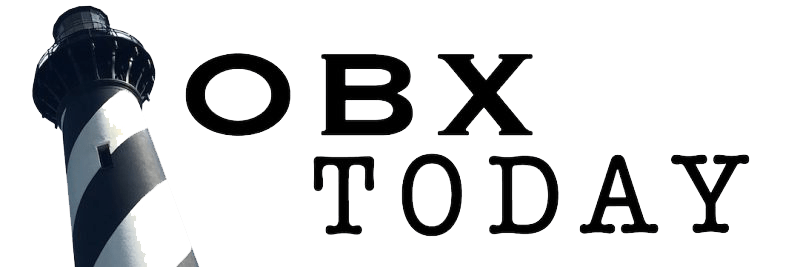
A recent and internationally-broadcasted presentation on the Pea Island U.S. Life-Saving Service Station is now available to the public online, per an update from NOAA, which hosted the event.
Local historian, author, and speaker, Keeper James Charlet, shared the stories of the African American crews who served in the U.S. Life-Saving Service at a virtual presentation on February 8, as part of the National Marine Sanctuaries’ “Submerged NC” webinar series.
The webinar, entitled “North Carolina Life-Saving Stations Pictured in Black and White,” can be accessed at https://sanctuaries.noaa.gov/education/teachers/nc-life-saving-stations.html, along with previous presentations within the Submerged NC series.
The United States Life-Saving Service was the first successful American coastal service whose singular mission was land-based ocean rescue. It existed from 1871 until 1915, with over 300 Life-Saving Stations on America’s coastlines. During this 44-year history, the Surfmen of the U.S. Life-Saving Service responded to over 178,000 lives in peril, saving more than 177,000.
Most Americans have never even heard of the United States Life-Saving Service, and far fewer have heard of their integrated squads, including the very first all-black crew – the Pea Island United States Life-Saving Service Station No. 17 , which formed just 20 years after the Civil War ended. The webinar provides detailed insight into the Pea Island crew’s extraordinary story, and its legacy in maritime history.
To learn more about Monitor National Marine Sanctuary, visit https://monitor.noaa.gov. To access the sanctuaries’ archived webinar series and to catch up on this and other previous presentations, visit https://sanctuaries.noaa.gov/education/teachers/webinar-series-archives.html.
